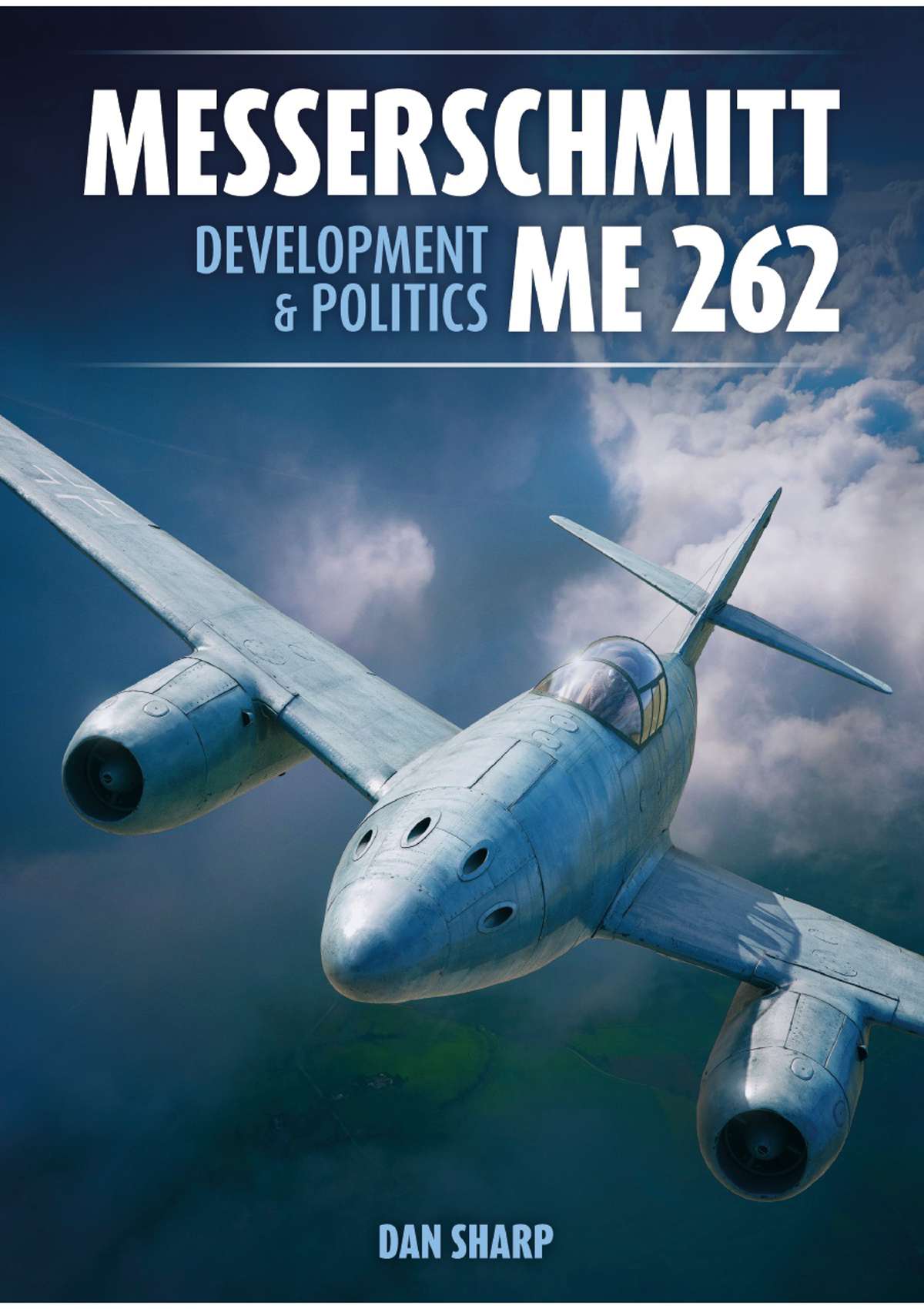MIflyer
1st Lieutenant
Time for a new WW2 design analysis. Here is one on the Me-262. First part is the airframe.
Attachments
-
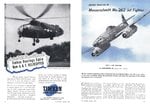 Me-262-Air-Avwk-1.jpg194.2 KB · Views: 953
Me-262-Air-Avwk-1.jpg194.2 KB · Views: 953 -
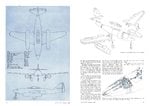 Me-262-Air-Avwk-2.jpg163.2 KB · Views: 914
Me-262-Air-Avwk-2.jpg163.2 KB · Views: 914 -
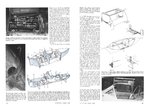 Me-262-Air-Avwk-3.jpg222.7 KB · Views: 982
Me-262-Air-Avwk-3.jpg222.7 KB · Views: 982 -
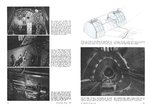 Me-262-Air-Avwk-4.jpg188.6 KB · Views: 812
Me-262-Air-Avwk-4.jpg188.6 KB · Views: 812 -
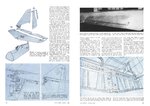 Me-262-Air-Avwk-5.jpg225.5 KB · Views: 944
Me-262-Air-Avwk-5.jpg225.5 KB · Views: 944 -
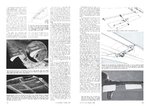 Me-262-Air-Avwk-6.jpg248.1 KB · Views: 905
Me-262-Air-Avwk-6.jpg248.1 KB · Views: 905 -
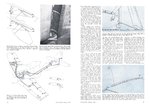 Me-262-Air-Avwk-7.jpg206.8 KB · Views: 968
Me-262-Air-Avwk-7.jpg206.8 KB · Views: 968 -
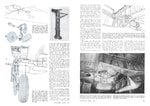 Me-262-Air-Avwk-8.jpg227.7 KB · Views: 1,165
Me-262-Air-Avwk-8.jpg227.7 KB · Views: 1,165 -
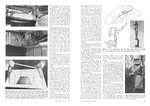 Me-262-Air-Avwk-9.jpg257.2 KB · Views: 842
Me-262-Air-Avwk-9.jpg257.2 KB · Views: 842 -
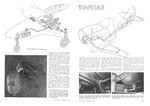 Me-262-Air-Avwk-10.jpg170.7 KB · Views: 1,310
Me-262-Air-Avwk-10.jpg170.7 KB · Views: 1,310


